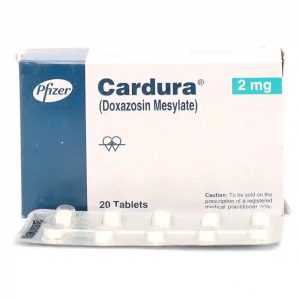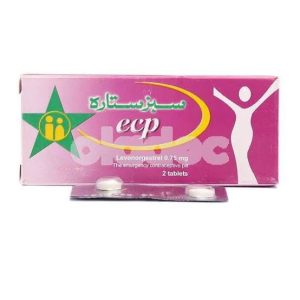Description
Questran 4g Sachet Powder for Oral Suspension – Support for Cholesterol & Bile Acid Related Conditions
Product Overview
Questran 4g Sachet Powder for Oral Suspension contains the active ingredient Colestyramine anhydrous (4 g per sachet) — a bile acid-sequestrant resin.
It is used primarily to lower elevated cholesterol (especially LDL-cholesterol) and to relieve symptoms such as itching (pruritus) caused by partial biliary obstruction.
Questran works by binding bile acids in the intestines, preventing their reabsorption and thus forcing the liver to convert more cholesterol into bile acids.
Key Benefits & Indications
-
Helps reduce total and LDL-cholesterol levels, particularly in patients who have not responded sufficiently to diet and other measures.
-
Helps relieve itching associated with partial biliary obstruction.
-
It can be useful in the management of certain types of diarrhoea associated with bile acid malabsorption.
-
Each sachet (4 g) offers a convenient dose for patients, making it easier to incorporate into treatment plans.
How to Use Questran 4g Sachet Powder
-
Always use Questran exactly as prescribed by your physician.
-
To prepare: empty the contents of one 4g sachet into a glass. Mix with water, fruit juice, thin soup or pulpy fruits (e.g., apple sauce) to ensure proper suspension.
-
Take it with meals or at times recommended by your doctor. Starting dose for adults is commonly 4 g once or twice a day; maintenance may involve higher doses depending on response.
-
Important: Because Questran can interfere with absorption of other medicines, take other medications at least 1 hour before or 4-6 hours after Questran.
Safety, Side-Effects & Precautions
-
Common side-effect: constipation. This may be more likely at higher doses or in older patients.
-
Other possible issues: bloating, flatulence, nausea, and indigestion.
-
Long-term use may lead to reduced absorption of fat-soluble vitamins (A, D, K) and folate — your doctor may recommend supplementation.
-
Not suitable in patients with complete biliary obstruction.
-
Because of its binding action, Questran may affect how other medicines work. Monitoring and coordination with your healthcare provider are important.
Questran 4g Sachet Price in Pakistan & Online Availability
If you are looking for “Questran 4g sachet powder for oral suspension price in Pakistan”, you’ll find online medical stores listing this product. Be sure to choose a trustworthy pharmacy, confirm proper packaging, batch number, and authenticity.
We recommend verifying current pricing and stock at your location.
Buy Online Questran 4g Sachet Powder in Pakistan
You can buy Questran 4g sachet powder for oral suspension online in Pakistan through licensed online pharmacies. Benefits include:
-
Home-delivery convenience
-
Ability to compare Questran 4g price across vendors
-
Access to genuine, quality-assured medicine
Always ensure the seller is licensed, and you retain your purchase receipt and packaging for authenticity.









Reviews
There are no reviews yet.